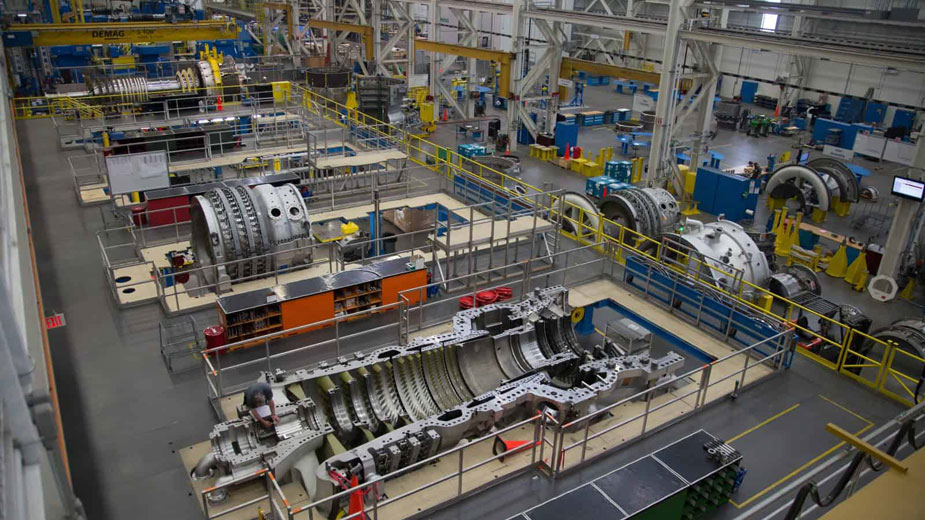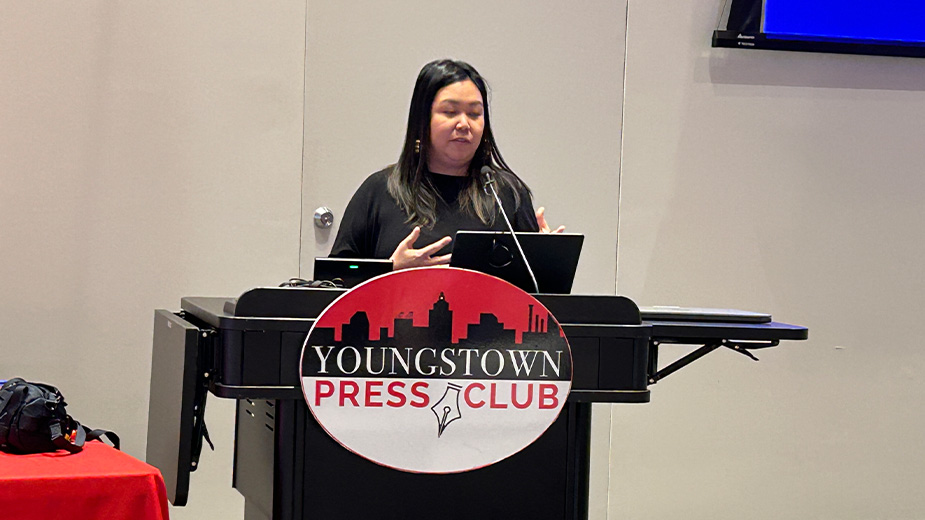PNC Economist: Manufacturing Contracts, Pre-Virus Levels Far Off
PITTSBURGH – Manufacturing in the United States continued to decline in May, says PNC chief economist Gus Faucher, but at a slower pace than in April.
Using data from the Institute for Supply Management’s monthly manufacturing report, Faucher added that manufacturing should recover in the next few months, but won’t return to pre-recession levels until 2022.
“U.S. manufacturing is still contracting, but the pace of decline is at least slowing. Although the unprecedented nature of the Viral Recession, including its abruptness and its supply chain disruptions, are skewing the data somewhat, it is apparent that conditions in May were not quite as bad as they were in April,” he said. “With restrictions on economic activity gradually lifting throughout the U.S., manufacturing should recover over the next few months, although the level of activity will remain below its pre-recession pace throughout the rest of 2020 and in 2021.”
The Institute for Supply Management’s manufacturing index rose to 43.1% from 41.5% in April. Remaining below 50%, however, indicates contraction in the industry.
Of the five subindices used in the monthly report, three remained below the 50% threshold, though all three increased month-over-month. New orders rose to 31.8%, production rose to 33.2% and employment rose to 32.1%.
Inventories moved to “slightly positive” at 50.4%, while supplier deliveries fell to 68%.
“That means that delivery times increased, but a slower place. This was actually good news. Delivery times surged in April. Longer delivery times are usually a signal of economic strength, indicating stronger demand,” Faucher said. “But during the Viral Recession delivery times have increased because of supply chain problems. The decline in the delivery times component indicates that manufacturers are resolving their supply chain issues. That being said, the high value for delivery times is biasing the whole index upwards, making the situation in manufacturing look somewhat better than it actually is.”
Of the six manufacturing sectors covered in the report, all but one – food, tobacco and beverages – reported expansion. Seeing a contraction were equipment, fabricated metal products, petroleum and coal products, computer and electronic products and chemical products.
Published by The Business Journal, Youngstown, Ohio.



